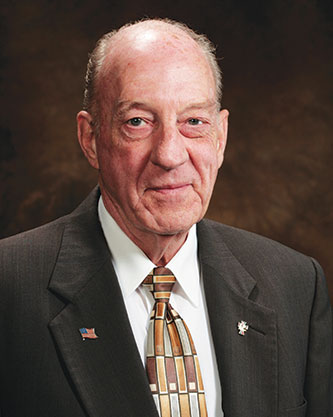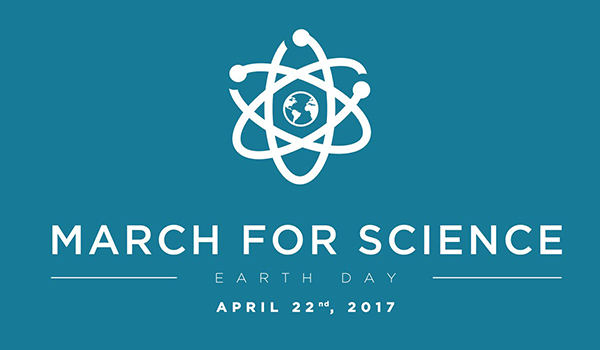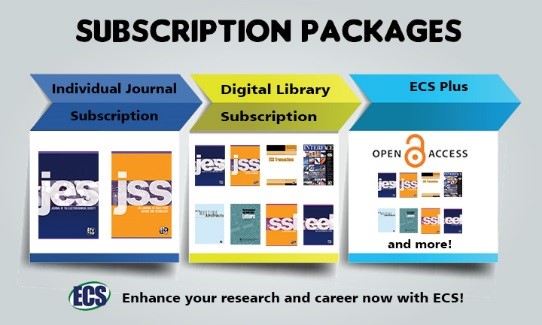Every four years since 1987, scientists and engineers have been gathering in Honolulu, HI for the Pacific Rim Meeting on Electrochemical and Solid State Science, better known as PRiME. ECS has been committed to holding PRiME in Hawaii since its establishment to provide a central location for researchers from around the world, from the U.S. to Japan, to gather and discuss that latest scientific developments.
Because of his extensive experience in organizing PRiME and various other meetings across Latin American and Europe, ECS Executive Director Roque Calvo was invited to speak at the East Meets West Spring Education Tour, which is a meeting of executive directors, CEOs, and meeting planners, both of nonprofit and for profit companies, to discuss holding international conferences.
Hawaii’s talk show, Think Tech, reached out to Calvo during his most recent trip to Hawaii for the East Meets West Spring Education Tour to discuss electrochemistry, the clean energy movement, and open science. Watch the interview below.


 A team of researchers at the University of Manchester – where graphene was first discovered and won the Nobel Prize – created a graphene-oxide membrane for desalination. The newly developed sieve can turn seawater into drinking water, demonstrating graphene’s ability to filter common salts from water, leading to affordable desalination technology.
A team of researchers at the University of Manchester – where graphene was first discovered and won the Nobel Prize – created a graphene-oxide membrane for desalination. The newly developed sieve can turn seawater into drinking water, demonstrating graphene’s ability to filter common salts from water, leading to affordable desalination technology. William (Bill) David Brown, age 73, passed away on Thursday, March 30, 2017 in Fayetteville, AR.
William (Bill) David Brown, age 73, passed away on Thursday, March 30, 2017 in Fayetteville, AR.

 Joint research from the Universidad Carlos III de Madrid and the Council for Scientific Research reports the development of a new ceramic electrode for lithium-ion batteries that can lead to cheaper, more efficient, and safer conventional batteries.
Joint research from the Universidad Carlos III de Madrid and the Council for Scientific Research reports the development of a new ceramic electrode for lithium-ion batteries that can lead to cheaper, more efficient, and safer conventional batteries. Have you made your hotel reservations at the
Have you made your hotel reservations at the 
 Graphene could offer a new way to cool tiny chips in phones, computers, and other gadgets.
Graphene could offer a new way to cool tiny chips in phones, computers, and other gadgets. Science funding is intended to support the production of
Science funding is intended to support the production of 